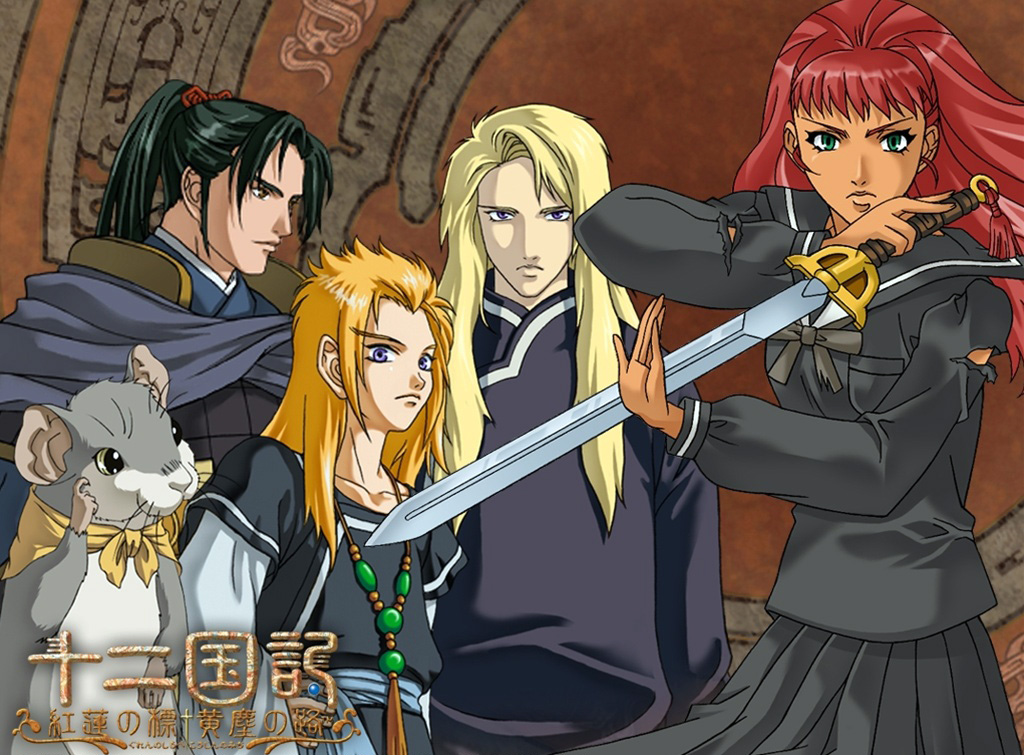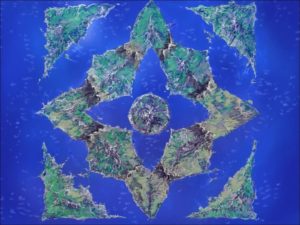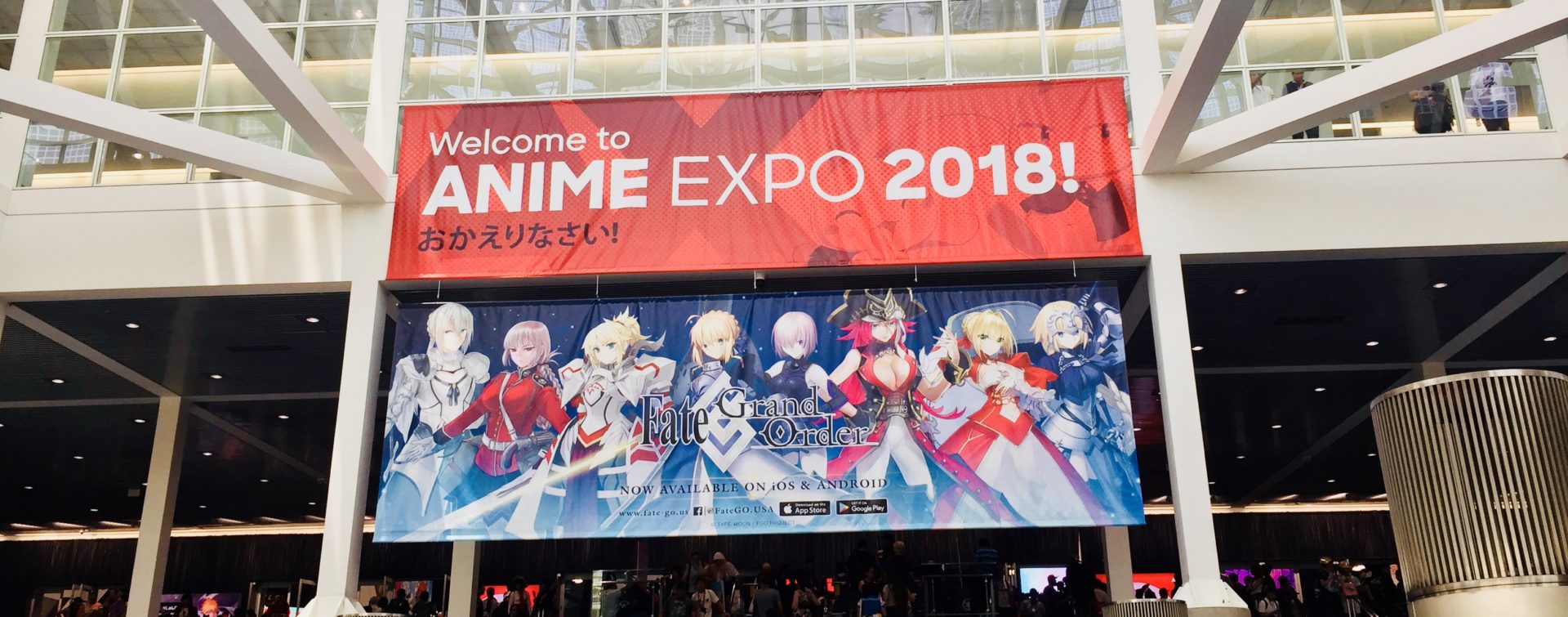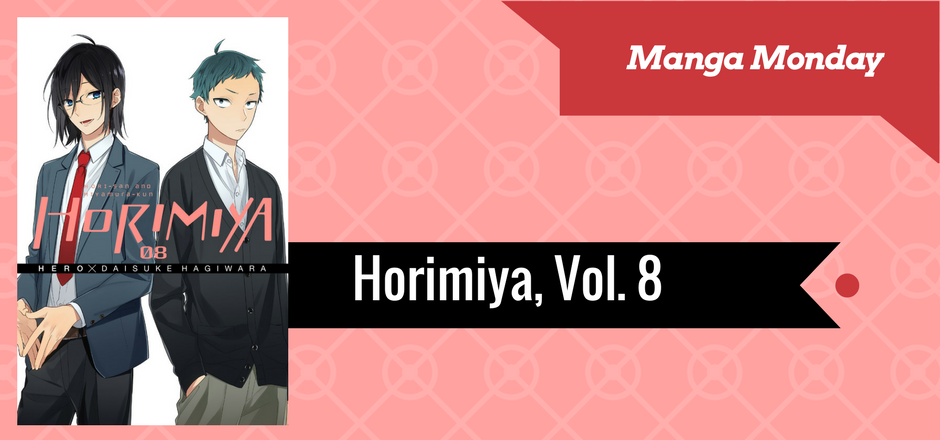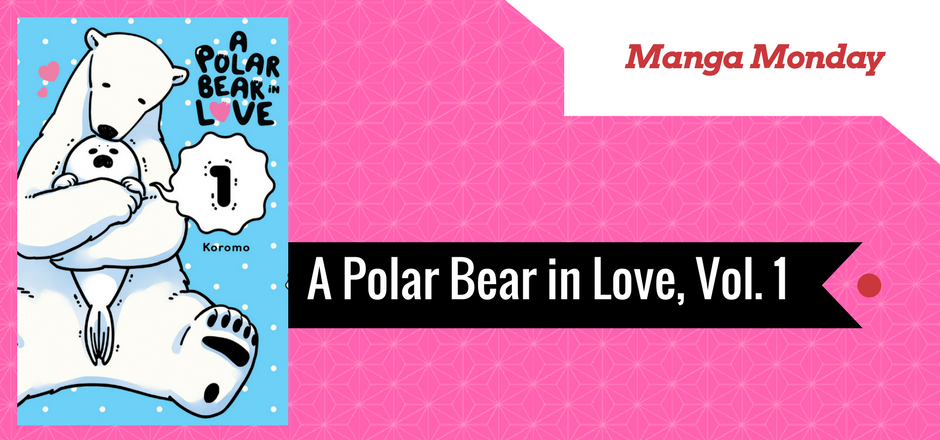Author’s note: This article contains spoilers for the anime The Twelve Kingdoms.
So I’ve been watching a lot of older anime lately, getting lost in the complex worlds of shows like Monster and Crest of the Stars. Now, don’t get me wrong, I’ve been enjoying much of this year’s anime, including Yuri!!! On ICE and March Comes in Like a Lion. But there’s something so inspiring about a lot of the anime that came out in the late ’90s and early ’00s, and I’ve been enjoying losing myself in their storylines.
Recently, I finished watching The Twelve Kingdoms or Jūni Kokuki. I stumbled upon this anime while attending NDK this year. When I saw the cover featuring the story’s red-headed heroine, Youko Nakajima, wielding a sword, I knew I had to watch it. And I was surprised that I could still discover anime that I had never seen before at an anime convention.
The show began as a series of light novels, written by Fuyumi Ono and illustrated by Akihiro Yamada. The novels were published starting in 1992 by Kodansha, and in 2002 and 2003, the series was made into an anime by Studio Pierrot. The main story arc centers around Youko, a high school student, who, against her will, gets transported from modern-day Japan to a fantastical Chinese-inspired world called the Twelve Kingdoms. There she learns that she has been appointed the new queen of the country of Kei, a predestined appointment, by the light-haired Kirin named Keiki.
At first, Youko is frightened of her situation. The Twelve Kingdoms are dangerous, especially the Kingdom of Kou where she first starts out. But as time goes on, Youko comes to realize that for most of her life she’s worked hard to make other people like her at the detriment of her own confidence and free will.
Many events occur between when Youko enters the Twelve Kingdoms and when she becomes Kei-ou and even after she’s crowned queen. She gains possession of and tames the Suigūtō or Water Monkey Sword. She helps her classmate Sugimoto return to Japan. She puts an end to the racist and oppressive reign of the King of Kou. And she embraces her role as ruler and Queen while still maintaining her relationships with people, like Rakushun, who may feel like she’s above them and unreachable. Seeing Youko grow into her own is a satisfying journey.
The manga and the anime mainly follow Youko’s story, but they also contain various other arcs that tell the backstories of other kings and queens in the Twelve Kingdoms, as well as of the lives of other inhabitants who live throughout the realm. These story arcs are punctuated with world-building information, something The Twelve Kingdoms does so well.
Some of the backstory of the Kirin, for example, is told through a brief story arc about Enki, the Kirin of the peaceful kingdom of En. The Kirin are divine creatures that embody the will of heaven and choose the next leader for their respective kingdoms and are central to The Twelve Kingdoms’ lore. Enki’s story was particularly interesting, mostly because he spent time living both in Japan and in the Twelve Kingdoms and struggled in deciding who to appoint ruler of En based on his experiences of weak leadership and war in Japan.
Many of these quasi-side stories feature women as the main characters. The original light novels were written by a woman, and so it’s no surprise that women are featured predominantly throughout the show. Shoukei’s story, for example, had a poignant moral that you can’t close your eyes to oppression and that being ignorant of it is no excuse. The lives of Youko, Shoukei, and another woman named Suzu eventually converge in the story, and the three are central to Youko ending a rebellion in the Wa Province of Kei and coming fully into her own as Kei-ou.
I can’t end this article without mentioned the worldbuilding again. As I said, it is complex and mostly based on Chinese mythology, but I found it fascinating. I studied Buddhism in graduate school and recognized many influences from Chinese Buddhism throughout the show. Mount Hou, for instance, seemed a little bit like Mount Meru, or other similarly sacred mountains, in Buddhism. The way the Nyosen, the beings who lived on Mount Hou and raised the Kirin, looked reminded me a lot of flying Apsaras found in Buddhist and Hindu mythology, particularly the ones depicted on wall paintings in Dunhuang. Even the idea of the people of the Twelve Kingdoms being born from egg-like sacks on trees seemed very similar to the idea of being reborn from lotus buds in Amitabha’s Pure Land.
If you enjoy longer anime shows with complex worldbuilding, lots of strong women, and tight plots, then check out the classic The Twelve Kingdoms. The anime is available on Blu-ray from Media Blasters (2011), and the manga is available in English from TokyoPop (2008).
—
Rine Karr is an Anime Writer at Girls in Capes. She’s a writer and aspiring novelist by moonlight and a copyeditor by daylight. Rine loves good food, travel, and lots of fiction, especially novels, anime, manga, video games, and films. She’s also the Chief Copyeditor and an occasional contributor at Women Write About Comics.
